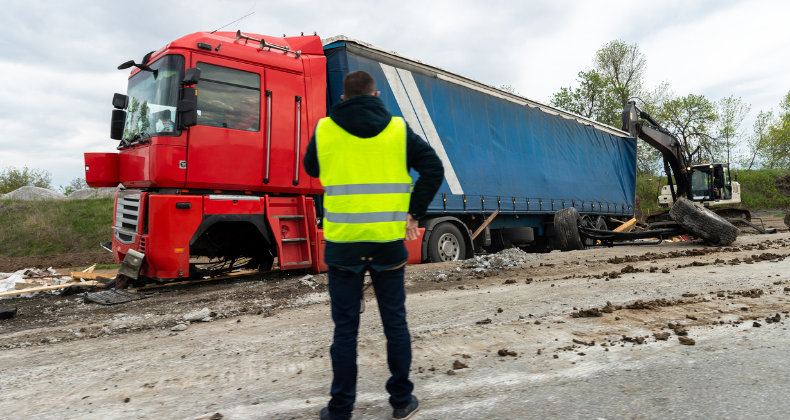In the expansive world of WordPress, two pivotal roles come into play when crafting functional and visually appealing websites: the difference between WordPress developers and WordPress designers. While both contribute to creating remarkable websites, their functions, skills, and responsibilities differ significantly. In this comprehensive exploration, we will delve into the world of WordPress development and design, unraveling the differences between these two essential roles.
Introduction
WordPress, one of the most popular content management systems (CMS) globally, powers a significant portion of the internet. The engine drives websites of all shapes and sizes, from personal blogs to e-commerce giants. To make the most of this versatile platform, it’s crucial to understand the distinct roles of WordPress developers and WordPress designers.
In the following sections, we will first dissect the responsibilities and skillsets of each role and then explore how they collaborate to create stunning and fully functional WordPress websites.
The Role of a WordPress Developer
Defining the WordPress Developer
At the core of every WordPress website is a WordPress developer. These individuals are the architects who construct the technical infrastructure of a site. They specialize in coding languages such as PHP, HTML, and CSS and have an in-depth understanding of the WordPress core.
Primary Responsibilities
WordPress developers focus on ensuring the website’s functionality and performance. They are responsible for tasks such as:
- Writing custom code to add features and functionality.
- Optimizing the site’s speed and performance.
- Troubleshooting and resolving technical issues.
- Ensuring compatibility with various devices and browsers.
- Integrating third-party plugins and APIs.
- Implementing security measures to protect the site from threats.
The Technical Skillset
To excel in the role of a WordPress developer, individuals must possess a range of technical skills, including:
- Proficiency in PHP, HTML, CSS, and JavaScript.
- Expertise in WordPress core and theme development.
- Familiarity with databases, server configurations, and hosting environments.
- Knowledge of coding standards and best practices.
- Problem-solving abilities to address complex issues.
The Role of a WordPress Designer
Defining the WordPress Designer
In tandem with WordPress developers are WordPress designers who bring a website’s visual and creative aspects to life. The artists design the site’s appearance, user interface (UI), and user experience (UX).
Primary Responsibilities
WordPress designers prioritize the aesthetics and usability of a website. Their key responsibilities include:
- Creating visually appealing layouts and designs.
- Selecting fonts, color schemes, and imagery.
- Crafting the website’s navigation and user interface.
- Ensuring a seamless and enjoyable user experience.
- Optimizing strategies for responsiveness on various devices.
- Collaborating with developers to implement their designs.
The Creative Skillset
To thrive as a WordPress designer, individuals must possess a range of creative skills, including:
- Proficiency in graphic design software (e.g., Adobe Photoshop, Illustrator).
- A keen eye for design principles such as balance, contrast, and alignment.
- Understanding of UX design and information architecture.
- Ability to create wireframes and prototypes.
- Knowledge of web design trends and best practices.
- Practical communication skills to convey design concepts.
Critical Differences Between Developers and Designers
Contrasting Skills and Responsibilities
The most apparent difference between WordPress developers and WordPress designers lies in their skills and responsibilities. Developers focus on the technical aspects of a website, including coding, performance optimization, and problem-solving. In contrast, designers prioritize the visual elements, including layout, graphics, and user experience.
Overlapping Roles and Collaboration
While developers and designers have distinct roles, they often overlap and collaborate. Successful WordPress projects rely on effective teamwork and communication. Developers may consult designers to ensure that their coding aligns with the intended design, while designers may seek developers’ expertise in implementing specific features.
Collaboration in WordPress Projects
The Importance of Collaboration
Effective collaboration between developers and designers is paramount to delivering outstanding WordPress websites. Their combined efforts ensure that websites are visually appealing, fully functional, and optimized for performance.
Real-World Examples of Collaboration
To illustrate the significance of collaboration, consider scenarios where developers and designers work together to achieve success in WordPress projects:
- Developers implement custom functionality that designers envision.
- Designers provide developers with design assets, such as graphics and style guides.
- Both parties collaborate on responsive design to ensure seamless user experiences on all devices.
- Developers optimize website speed and performance to enhance the user experience designed by the team.
- Problem-solving becomes more efficient as developers and designers share their expertise.
The Full-Stack WordPress Professional
The Emergence of Full-Stack Professionals
In recent years, a new trend has emerged in the WordPress ecosystem: full-stack WordPress professionals. These individuals possess both development and design skills, allowing them to handle various aspects of WordPress projects independently.
Advantages of Full-Stack Professionals
Full-stack professionals offer several advantages:
- They can single-handedly manage entire WordPress projects.
- They possess a well-rounded skill set, making them adaptable to different tasks.
- They streamline the project workflow by eliminating the need for separate developers and designers.
Choosing a WordPress Career Path
Guiding Aspiring WordPress Professionals
For those considering a career in WordPress, the decision between becoming a developer or a designer is significant. Several factors can help individuals make an informed choice, including their interests, skills, and career goals.
Embracing Full-Stack Proficiency
The evolving landscape of WordPress opens opportunities for full-stack professionals. Aspiring WordPress enthusiasts should explore the benefits of acquiring development and design skills to thrive in this dynamic field.
Conclusion
In conclusion, WordPress developers and WordPress designers play distinct yet complementary roles in the creation of WordPress websites. Developers focus on the technical aspects, ensuring functionality and performance, while designers prioritize the visual elements, enhancing user experience and aesthetics.
While their roles differ, effective collaboration between developers and designers is critical to delivering exceptional WordPress projects. Their synergy results in websites that are both visually appealing and fully functional.
As technology advances, the roles of WordPress professionals may evolve, giving rise to full-stack WordPress experts who combine development and design skills. These professionals are well-positioned to excel in the ever-changing world of WordPress.
For individuals considering a career in WordPress, the choice between becoming a developer or a designer should be guided by their interests, skills, and career aspirations. Embracing full-stack proficiency may also open doors to a broader range of opportunities in the dynamic WordPress ecosystem.




